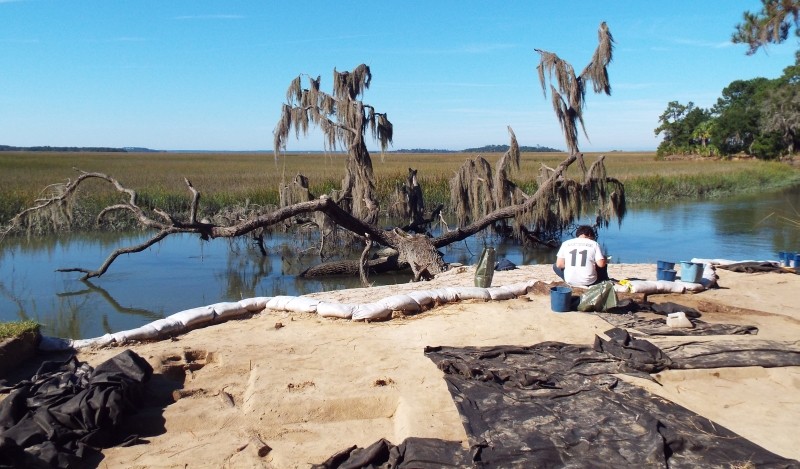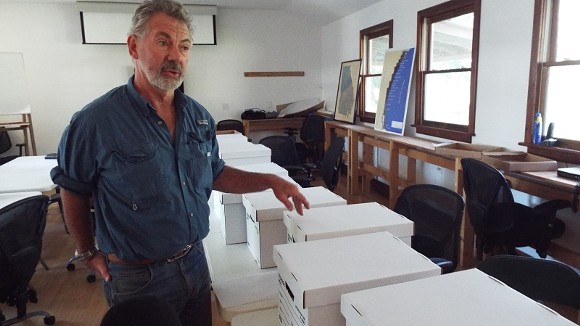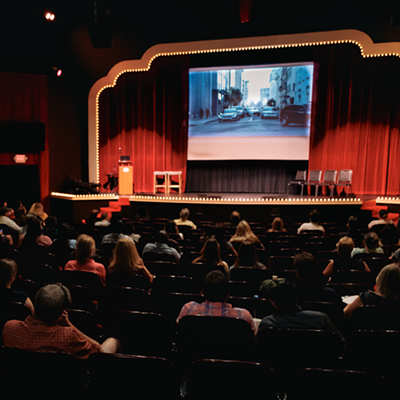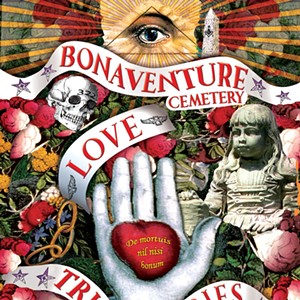A FEW months ago, I gazed awestruck at the earthly remains of a woman who quite possibly could have been among the first of her people to see Europeans.
And when I say “earthly remains,” I mean they were still in the earth!
Archaeologists were hunched over, carefully brushing away the dirt from the bones of a Guale (pronounced “wally”) woman, among the Native Americans who lived on our coast.
Her people buried her on St. Catherine’s Island, now a privately-owned refuge south of Savannah, around the time that Columbus sailed to America.
The remains—and about 70 more skeletons—were the latest discovery by American Museum of Natural History archaeology superstar David Hurst Thomas.
“I’ve worked on St. Catherine’s Island for 41 years and one of our objectives was to find a site just like this,” he says. “Ultimately, this site found us.”
Thomas has been making history on Georgia’s coast since 1981, when he found the long lost Franciscan mission of Santa Catalina de Guale, buried under a maritime forest.
The Spanish mission and those like it throughout “La Florida” (as Europeans called this area long before Oglethorpe) profoundly influenced indigenous cultures, to say the least.
Thomas has been coming back over the decades to learn more about that influence and expand our knowledge of the “contact period.” But you can’t do that without discoveries.
“My students are tired of hearing me say ‘I’d rather be lucky than good.’ But that’s very true,” he says. “We’ve come into a number of things that we easily could’ve missed.”
And Thomas literally came within days of missing the contact period burial ground.
It was 2013. Thomas was wrapping up another mission site project when Catholic Bishop Gregory Hartmayer came to celebrate Mass at the hot and buggy outdoor mission site.
(Catholics still consider the site an active church, making it one of the nation’s oldest.)
Thomas, who is not Catholic, approached Hartmayer, a Franciscan, during the Mass for a blessing. The Bishop blessed him and his crew for their few remaining days of work.
The next day, a huge live oak tree fell into a rapidly eroding marsh bank. The fallen tree revealed unseen bones and artifacts, the burial ground that eluded Thomas for decades.
“The Franciscans will tell you there are no such thing as coincidences,” he says.
So a few months ago, he returned to remove the bones for study. He previously thought his island work might be done for a while. But Thomas deeply respects Native cultures.
“This site won’t be there in two or three years,” he says. “There’s nothing respectful about having 70 skulls wash out into the marsh.”
Of course, it’s too early to tell what the site, called Fallen Tree, will say about the extinct Guale and their encounter with Europeans. But Thomas is asking big questions.
Like “Why did the people vanish?” The standard answer involves disease, a Holocaust of Old World germs. New research might finesse that answer with much needed nuance.
“The Fallen Tree site gives us a perfect chance to see how rampant the new diseases were or how resistant they were,” he says. “It’s just the right slice of time.”
Technologies in the emerging field of “bioarcheaology” should provide help. But don’t expect any definitive answers any time soon. Thomas believes in the scientific process.
He also believes in doing right by indigenous cultures. He was among the first in his profession to embrace Native American sensibilities in archaeology.
So before I stared at those bones, Thomas asked me not to take a picture. And I didn’t.



























